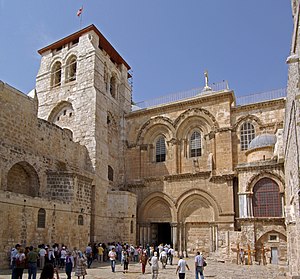This article needs additional citations for verification .(October 2023) |
| Millennium: | 1st millennium |
|---|---|
| Centuries: | |
| Decades: | |
| Years: | |
| 335 by topic |
|---|
| Leaders |
| Categories |
| Gregorian calendar | 335 CCCXXXV |
| Ab urbe condita | 1088 |
| Assyrian calendar | 5085 |
| Balinese saka calendar | 256–257 |
| Bengali calendar | −259 – −258 |
| Berber calendar | 1285 |
| Buddhist calendar | 879 |
| Burmese calendar | −303 |
| Byzantine calendar | 5843–5844 |
| Chinese calendar | 甲午年 (Wood Horse) 3032 or 2825 — to — 乙未年 (Wood Goat) 3033 or 2826 |
| Coptic calendar | 51–52 |
| Discordian calendar | 1501 |
| Ethiopian calendar | 327–328 |
| Hebrew calendar | 4095–4096 |
| Hindu calendars | |
| - Vikram Samvat | 391–392 |
| - Shaka Samvat | 256–257 |
| - Kali Yuga | 3435–3436 |
| Holocene calendar | 10335 |
| Iranian calendar | 287 BP – 286 BP |
| Islamic calendar | 296 BH – 295 BH |
| Javanese calendar | 216–217 |
| Julian calendar | 335 CCCXXXV |
| Korean calendar | 2668 |
| Minguo calendar | 1577 before ROC 民前1577年 |
| Nanakshahi calendar | −1133 |
| Seleucid era | 646/647 AG |
| Thai solar calendar | 877–878 |
| Tibetan calendar | 阳木马年 (male Wood-Horse) 461 or 80 or −692 — to — 阴木羊年 (female Wood-Goat) 462 or 81 or −691 |

Year 335 ( CCCXXXV ) was a common year starting on Wednesday of the Julian calendar. At the time, it was known as the Year of the Consulship of Constantius and Albinus (or, less frequently, year 1088 Ab urbe condita ). The denomination 335 for this year has been used since the early medieval period, when the Anno Domini calendar era became the prevalent method in Europe for naming years.